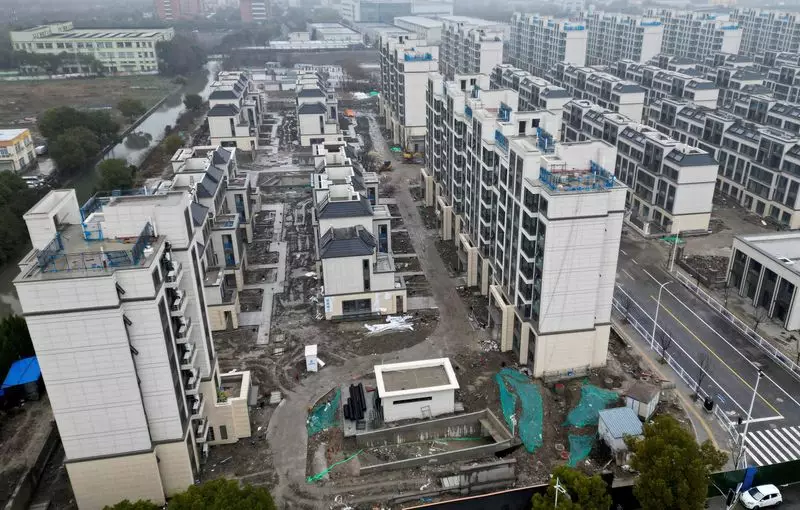In the face of an economic downturn and a struggling property market, China’s central bank is implementing significant changes to bolster the sector and alleviate some financial stress faced by homeowners. In a bold move, the People’s Bank of China (PBOC) announced on Sunday its directive encouraging banks to lower mortgage rates for existing home loans by the end of October. This development highlights just how urgent the situation has become for the country’s real estate landscape.
According to the PBOC, commercial banks will be required to reduce the interest rates on existing mortgages by no less than 30 basis points (bps) below the Loan Prime Rate (LPR), which serves as the benchmark rate for home loans. On average, this is expected to result in an approximate reduction of 50 bps in current mortgage rates. This move aims to lessen the financial burden on homeowners while simultaneously stimulating purchasing activity in a market that has become increasingly inhospitable to buyers.
Despite the various measures taken this year—including lowering down payment ratios and adjusting mortgage rates—the property market hasn’t responded as hoped. The sluggish sales and persistent aversion from potential buyers remain significant hurdles to overall economic growth. One of the latest policy shifts came from Guangzhou, which has lifted all restrictions on home purchases, while major cities like Shanghai and Shenzhen announced they would ease conditions for non-local buyers and reduce the minimum down payment for first-time homebuyers to 15%. These adjustments highlight a more aggressive strategy from local authorities to spur interest in the property sector.
The urgency of these measures cannot be understated. Recent property-related statistics have painted a stark picture, revealing that new home prices experienced their steepest decline in over nine years during August, with property sales plummeting by 18% in the initial eight months of the year. The PBOC’s efforts to cut mortgage rates are part of a broader strategy to alleviate the burden on homeowners, potentially revitalizing weak domestic consumption which is inextricably linked to property market health.
In a statement, the PBOC acknowledged that ongoing market-oriented reforms have necessitated adjustments to the current mortgage rate pricing mechanism. The bank recognized that the previous framework had left existing homeowners disadvantaged compared to new buyers, prompting a rush to pay off mortgages quicker, which poses additional risks for consumer spending.
China’s major state-owned banks, including the Industrial and Commercial Bank of China Ltd and China Construction Bank, have pledged to adapt to the new policy and facilitate the adjustments of mortgage rates. This cooperative stance is essential, as collaboration between the government and the banking sector is crucial for the effective implementation of any financial reforms.
While many local governments have already eliminated minimum mortgage rate floors, larger metropolitan areas like Beijing and Shanghai still impose certain restrictions. The divergence in policy implementation reflects the complexities of managing China’s massive and varied real estate market. Moreover, the financial landscape for individuals continues to be affected, evidenced by a decline of 2.1% year-on-year in outstanding mortgage values at the end of June, signifying a growing trend of paydowns by homeowners.
Alongside the immediate changes in mortgage rates, the PBOC has announced an extension of supportive measures for real estate development loans until the end of 2026. This move is designed to address the financing demands of developers amid growing economic challenges. However, the lingering uncertainties regarding consumer sentiment and market confidence contribute to the environment of caution.
There is no doubt that the PBOC’s interventions and local government policies signal a commitment to reviving the property sector, yet it remains to be seen if these measures will translate into tangible improvements in buyer interest and broader economic stabilization. With a plethora of challenges ahead, stakeholders in China’s real estate market will be closely monitoring these developments as they unfold, eager for signs of recovery in an increasingly complex economic climate.

